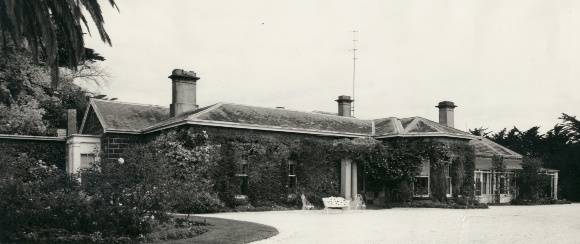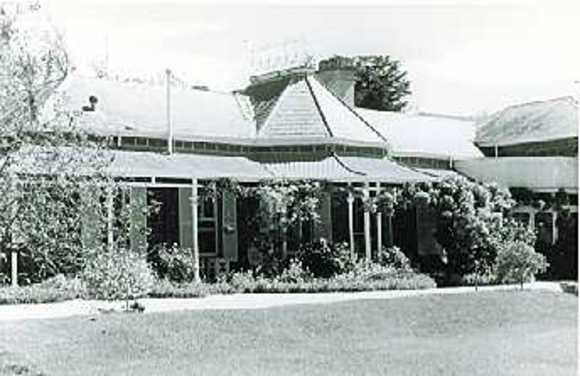| Back to search results » | Back to search page » |
|
Barunah Plains Homestead & Garden
Location75 Barunah Plains Road, WINGEEL VIC 3321 - Property No B1126
File NumberB1126LevelLocal |
|
Statement of Significance
Homestead classified 09/06/1960: Local File note 07/01/2011: G12123 (Barunah Plains Garden) amalgamated & filed with B1126. Garden Significance
Barunah Plains (formerly Long Water Holes), commenced as a pastoral run in the late 1830s, acquired by the Russell family in 1851, the homestead erected in 1866-67 and extended in 1886 with development of the garden presumed to relate to the 1860s-80s, and retained in Russell family ownership for almost 130 years, is of statewide cultural significance:
- historically, as a fine example of a nineteenth century homestead, exemplifying the transition from the earliest stone-built homesteads of the 1860s to the more grandiose homesteads of the 1870s-80s; major constituent elements include the homestead, conservatory, coach-house and stables, manager's residence, shearing shed, implement shed, bakehouse, ram shed and other outbuildings, entry drive, garden and dry stone walling;
- historically, for its integral links with the pioneering Russell family of the Western District; the family owned Barunah Plains for 127 years and the fabric of the property reflects all phases of their occupation; the family ownership also links the property with other Russell family properties such as Golfhill, Mawallok, Carngham and Wurrook and through early owner John Simson it is also linked with Trawalla - these links have a great ability to demonstrate traditional Scottish kinship loyalties and exemplify a major characteristic of the social and cultural history of the Western District;
- for its retention of design elements of a mid to late nineteenth century homestead garden; including elevated site overlooking a creek, drive and path layout, spatial arrangement of buildings and services, fencing and gates, a balance between productive, leisure and horticultural pursuits, and the contrast between homestead garden and open farmland;
- for its retention of planting from the mid nineteenth to early twentieth century, including specimen trees, shelter belt plantings and parkland, shrubberies, flower beds and lawn areas (both formal - as in the croquet lawn - and informal); and
- aesthetically, for the contrast between the open volcanic plains and the oasis of the garden around the homestead nestled into a bend in the Warrambine Creek, for the maturity of the garden landscaping, and as the setting for a fine mid-nineteenth century homestead.
Garden classified19/11/1996: State
Group
Parks, Gardens and Trees
Category
Garden Residential






